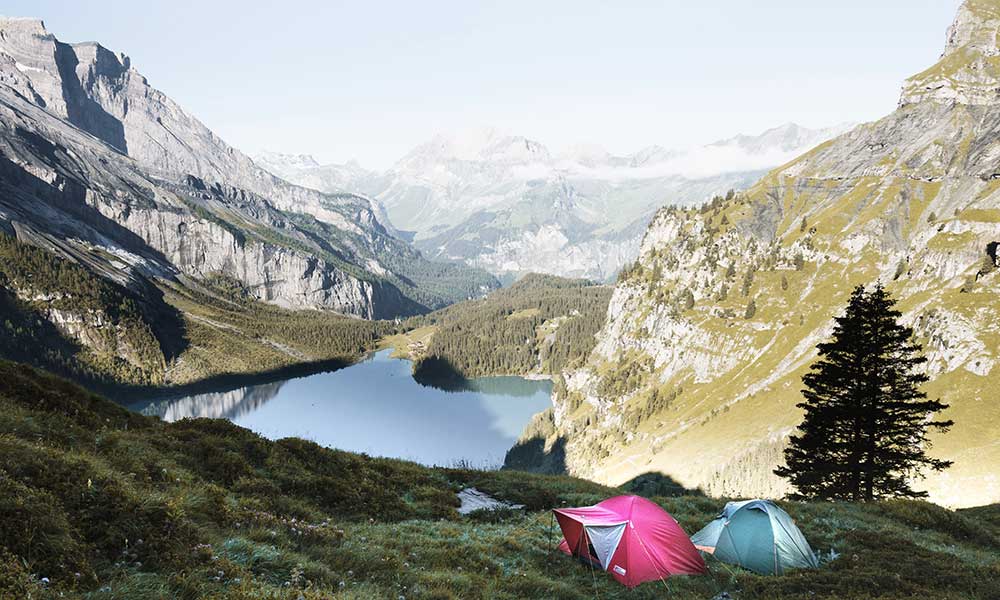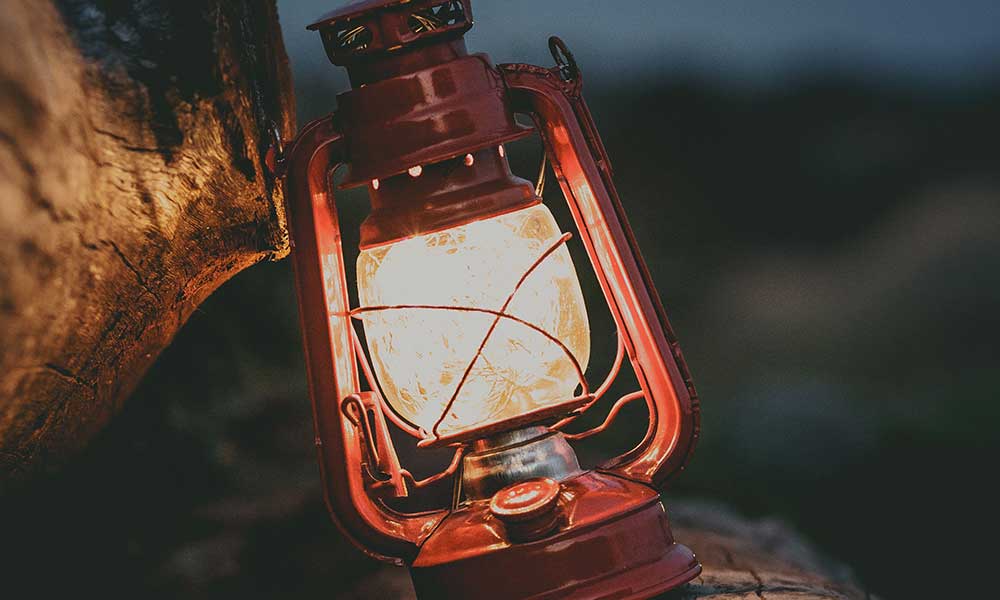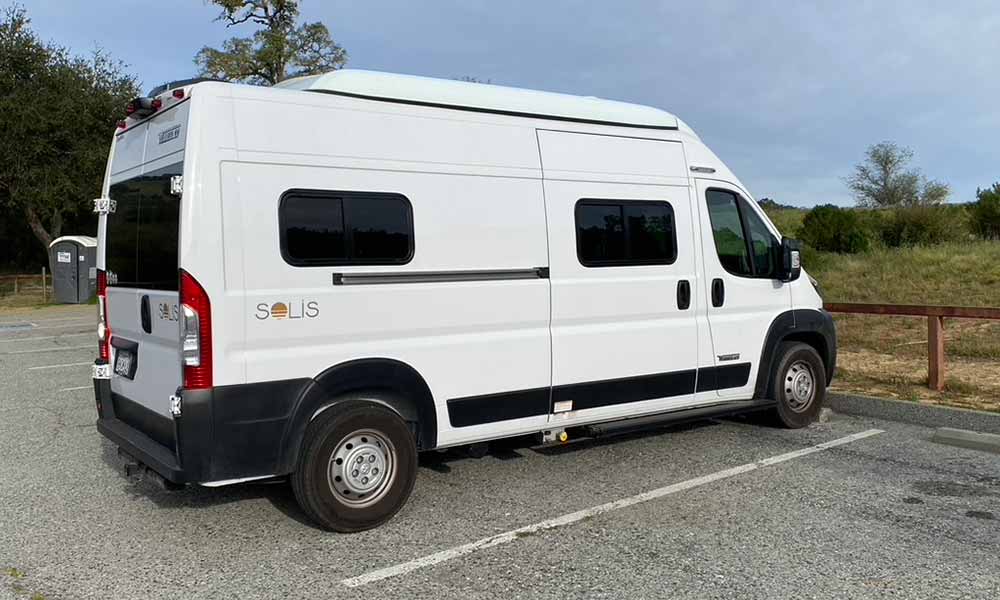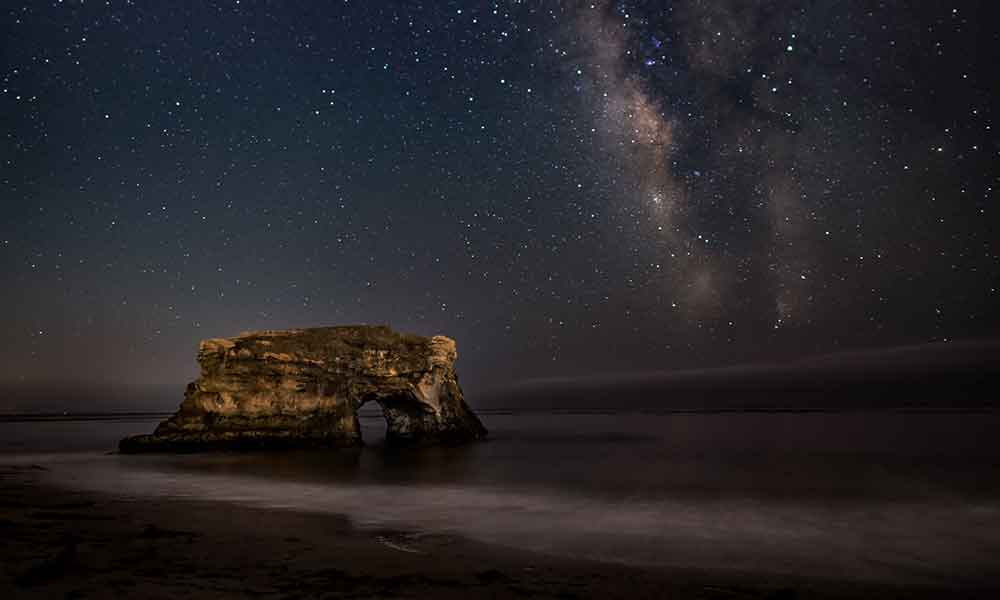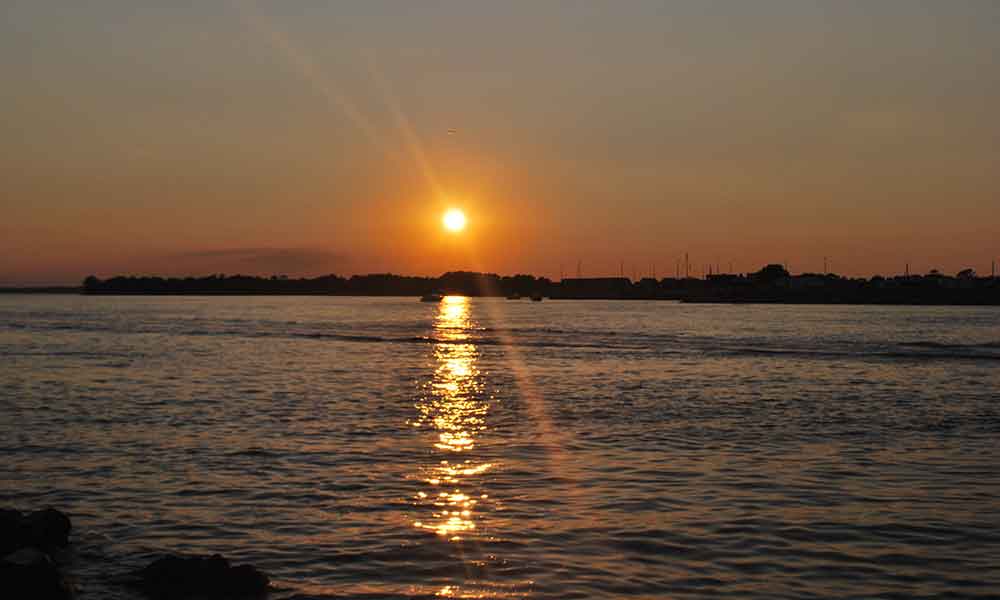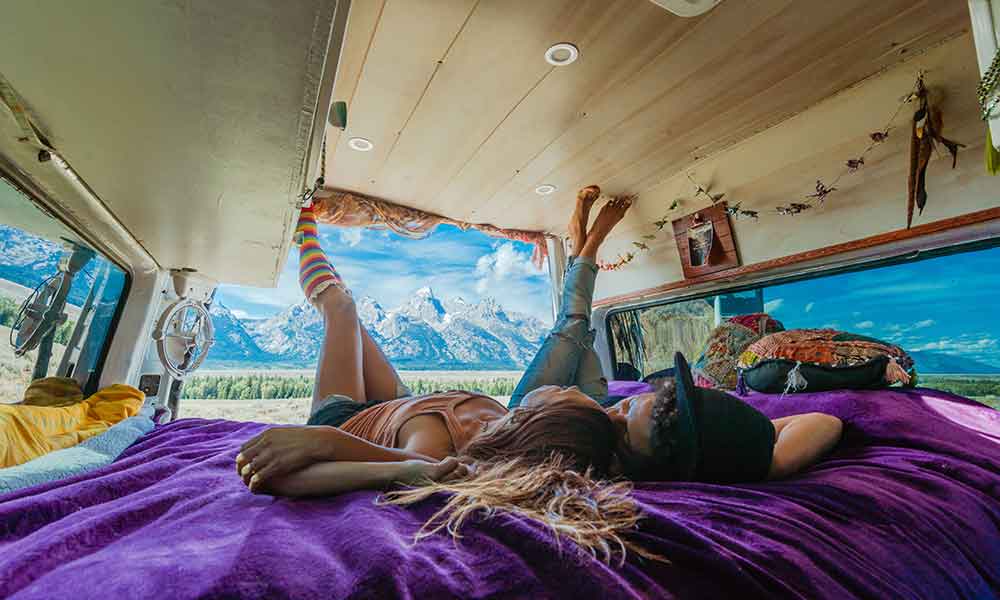Camping is a way of escaping the reality of our day-to-day lives. Camping is not just about setting up a tent or finding the best spot. Camping has a whole host of benefits that are both rewarding and memorable. Deciding how to camp will involve finding the perfect location, figuring out the type of camping you want to do, and the essentials you need to take.
Figuring out how to camp will make the difference between putting you off camping for life or a pleasurable experience. Learning to camp involves selecting the right gear, the right climate, the right camping location, and the right camping method to ensure the comfort level you desire.
Knowing the basics of how-to camp is crucial to enjoying your first camping experience. It may be difficult for a newbie camper too know where to start. We have summarized the most important information on how to camp to help you get off the couch and plan your first camping trip!
Where And When To Camp
Choosing the right time and a suitable campsite is essential. Although summer is the most popular camping season, it may be too hot and crowded for some. There are no flies, mosquitoes, snakes, or bears to bother you in winter. Fall brings fewer people and insects, and Springtime means spawning fish and melting snow.
The time of year you choose to go camping will influence your choice of camping gear and method of camping. Take mosquito repellent, sunscreen, and plenty of drinking water in summer. In spring, you may want to avoid camping below snowy slopes.
Picking The Best Campsite
Wind, water, wood, and wildlife are the four factors determining how good your campsite will be. Choose an area with thick trees on flat ground and a water source nearby. Just remember that mosquitoes lay their eggs in water and become pests. Having enough firewood is essential; dead trees are particularly effective.
Having a campsite in an open area will make it more challenging to start a fire, making food preparation harder. Make sure your tent is pitched downwind to avoid smoke blowing into it. Staying close to the water means less carrying; 200 feet is optimum. If unwelcome wildlife visitors come too close to a water source, it may become a problem.
Wood is an essential resource; you don’t want to walk too far to gather it. Beware of loose branches in trees near your campsite. They could do serious harm in case the weather turns gusty. Being too close to game trails should also be avoided as possums, raccoons, or bears may frequent these areas.
Choosing The Right Gear
Your choice of tent must be a top priority, so make sure you do some research before selecting one. Choosing a durable tent that provides enough ventilation and has sufficient space for sleeping is vital. The tent you choose should depend on the type of camping you plan to do. Lightweight tents are ideal for backpacking, and heavier tents make more sense when camping close to a car.
Having the right sleeping bag for the season is vital. Summer sleeping bags are designed for temperatures of 35°F or higher, whereas winter sleeping bags can give protection for a temperature of 10°F or colder. A sleeping pad or air mattress is also recommended for extra comfort.
A 2-burner, propane-powered stove is enough to cook a great meal. Choose pots and pans that retain heat well and are easy to clean. Ensure you include essential supplies such as stick matches, cooking, and eating utensils. A machete is a versatile tool in the wilderness. It can cut a trail, chop up firewood or bamboo, and perhaps even coconuts.
Don’t bring too much food, only include what you need and plan your meals in advance Preparing a selection of pre-cooked food and sandwiches would make your life much easier too. Packing the correct clothing for your camping trip is essential. Ensure you know the climate in your chosen camping area to ensure adequate protection.
A camping chair is a must to make your camping experience enjoyable and relaxing. Another handy item is a cooler, a game-changer in hot weather. Tarps can be used to place beneath your tent and serve as a source of shade.
If you are planning to go hiking, bring a good backpack along. A pair of good-quality hiking boots will provide support and stability when tramping over rough terrain. First aid kits are essential and should include bandages, gauze, bug spray, and pain relievers. Make a checklist of all essentials. Many online sites provide these details.
Taking a paper map and a compass is advisable since you may not always have an internet connection. The key to camping is to be prepared for any situation, such as bad weather. The “Leave No Trace” policy is good to abide by and ensures no environmental damage. Remember to clean up all your litter when you leave.
Types Of Camping
Many different types of camping have been developed over the years. The simplest and most popular is tent camping, which is most suitable for people with a small budget, it’s great for families with children and who are new to camping.
Another form of camping is in an RV or van, which gives you more mobility and enables you to park anywhere. It protects you from the elements and even includes fridges, stoves, and bathrooms.
When planning your camping trip, it makes sense to make a campsite reservation to have space when you arrive.
Find out about the nearby facilities or amenities; campsites usually have bathrooms, supply stores, and other activities depending on the type of camping you choose. If you are RV camping, choosing a campground with an electrical box would be essential.
Setting Up Your Campsite
Place your tent on flat, dry ground. Keep the tent zipped up to ward off bugs and deter animals. Make sure your food is tightly sealed and kept 200 feet away from where you sleep to keep a safe distance between your tent and prowling, hungry animals.
Building your campfire underneath a tree will help protect it from wind and rain. Cone or box-shaped fire-pits will help to maintain a constant burn. Check for wood around your campsite or buy it from nearby sellers. Use a few logs at a time to avoid the fire burning out of control.
Oxygen will fuel the fire by blowing gently at the base. This will cause it to get hotter. Never leave your fire unattended. Always cook downwind when cooking over a campfire; you don’t want to lure animals in. Cast iron is the most suitable type of cooking pot. Use pots and pans that you don’t mind ruining.
Cooking on a campfire is similar to cooking in the kitchen; the only difference is heat management. Shifting pans and pots on and off the flame away from hotter coals may be required. Tinfoil traps in moisture, making it ideal to use on a campfire. Hard vegetables like potatoes and onions can be wrapped in tinfoil and cooked on the coals.
A portable camp grill or a goal chimney are valuable tools to have. Grills can be used for barbeque meat. Hold your open hand, palm down, 1 – 1.5 inches above the grill to test if the fire is the right temperature for grilling. It should feel hot within 5 to 8 seconds. Don’t turn your meat more than four times and not too often.
Conclusion
Whether you are backpacking,car camping, survival camping, or Overlanding, you will need to know how to camp. A successful camping trip involves planning your trip, packing the right essentials, setting up your campsite, and aiming to have fun. If you are sensible and have a keen sense of adventure, then going camping is a great way to unwind.

